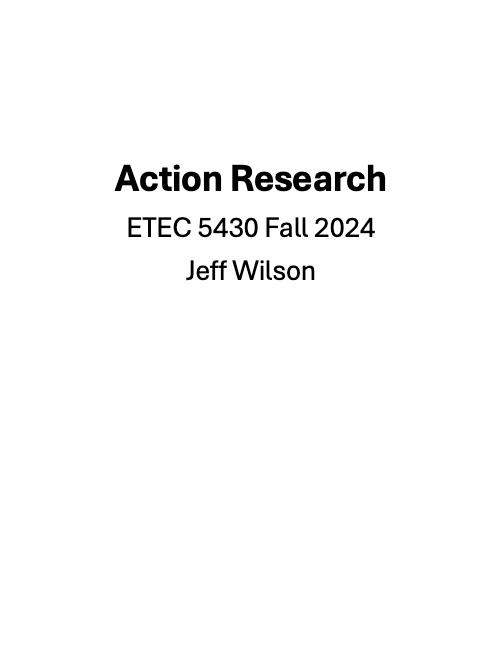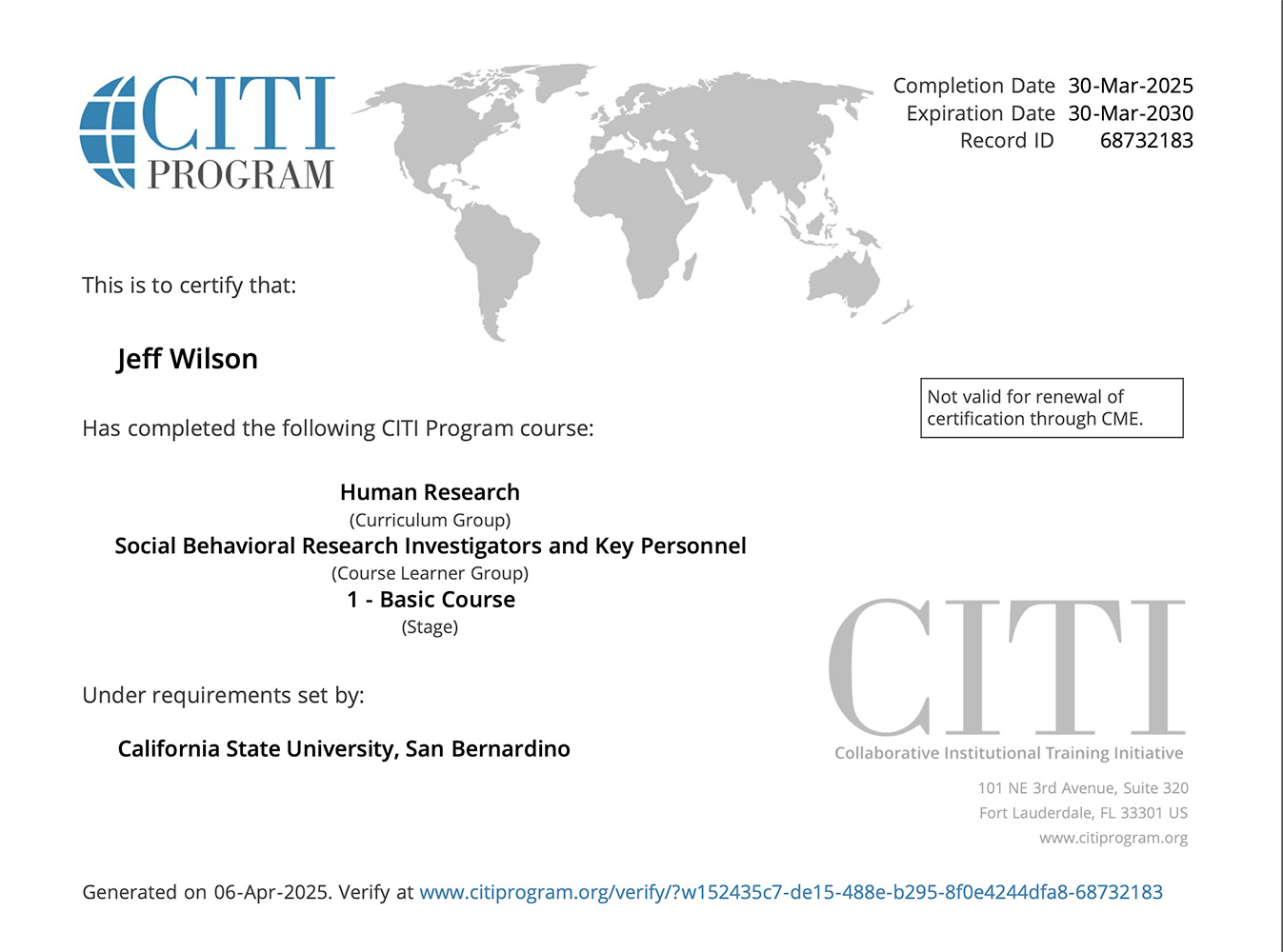Research
Working with Dr. Bronack on research has really opened my eyes to the process of doing research at a research university. Understanding the types of research, types of interventions, types of data, the ethics surrounding human research, and the process of getting research proposals approved by the Institutional Review Board has been a wonderful journey. I would even consider a career as a researcher—it is that fulfilling.
The Difference Between Traditional Research and Action Research
Traditional Research:
This type of research is like a science experiment. A researcher starts with a question, studies it by gathering data (such as numbers or facts), and then shares their results, usually in a report or article. The goal is to discover new knowledge or prove a theory. For example, a scientist might study how different types of plants grow under different lights. Traditional research is often done in a lab or other controlled settings, and it doesn’t always directly affect the people involved.
Action Research:
Action research is more hands-on and practical. Instead of just studying a problem, the researcher works on solving it while they’re studying it. This type of research is often done by teachers, community workers, or other people in real-world settings. For example, a teacher might notice their students are struggling with reading and try out a new way of teaching. While doing this, the teacher collects data, sees what works or doesn’t, and makes changes to improve learning. The goal is to make things better right away, not just learn about them.
The Big Difference:
Traditional research focuses on finding out new information for the future, while action research focuses on solving a current problem and improving things as the research happens. Traditional research is usually done by experts, while action research is often done by the people who are directly involved in the situation.
Comparison of Quantitative and Qualitative Research Methods
| Aspect | Quantitative Research | Qualitative Research |
|---|---|---|
| Purpose | To measure and analyze numerical data. | To explore and understand experiences or ideas. |
| Focus | "How much," "how many," or "how often." | "Why" and "how." |
| Data Type | Numbers and statistics. | Words, descriptions, and observations. |
| Methods of Data Collection | Surveys, experiments, polls, and tests. | Interviews, focus groups, observations, and content analysis. |
| Analysis | Uses mathematical and statistical tools. | Identifies themes, patterns, and meanings. |
| Outcome | Results are presented in charts, graphs, or percentages. | Results are presented as stories, quotes, or themes. |
| Example Question | "How many students scored above 90% on the test?" | "Why do students feel anxious about tests?" |
| Strengths | Provides measurable, generalizable results. | Offers deep insights into emotions and behaviors. |
| Limitations | May miss the "why" behind the numbers. | Cannot be easily generalized to a large group. |
This table highlights how quantitative research focuses on measurable data and statistics, while qualitative research provides rich, detailed insights into people’s thoughts and experiences. Both methods can complement each other to give a full picture of a research topic.
Reflection
From the research classes ETEC 5430 and ETEC 6430, I've learned that planning and designing your research project is the most important part of the research process. Defining your question based on a review of the literature is key—what good is doing the project if the question is irrelevant. I've learned that I really like conducting research. Using the Pfau research library to access studies that have heretofore been locked behind a paywall is exciting and mind expanding.
My first foray into action research was actively trying to make my final project in Digital Imaging at the University of Redlands more student-centered. Using the research I was able to find, I asked the students to develop a list of prompts from which they would create art in Photoshop and then review their peers creations. I collected feedback from the students and identified a problem with the peer review system in Canvas: students defaulted to using the rubric to simply click on numbers instead of really engaging with the feedback.
This lead me to start thinking more about creating a bespoke online art critique solution. Until then, I asked a new group of students to expand upon this final project and turned it into 10 weeks of the course. The students helped me refine the peer review process to use a discussion board without a "built-in" rubric. They still had access to the rubric, but the interface wasn't available for them to simply click through the numbers, they had to type their responses in the discussion. This really helped with the quality of the feedback. I might write up this semester's research once I go through the feedback I assigned at the end of the semester.
I'm currently working on a research project for 6430 in which I created a survey instrument using Qualtrics. I was able to get access to the IRB portal with a simple email and I'm submitting my poroposal to IRB this week. Hopefully, I'll be able to send out my survey to the CSUSB student body next week and have some data to parse before the end of the semester. I also completed the CITI certification to perform human research at CSUSB. After this project is completed, I hope to find an open journal to submit my research to.
One of the connections I made recently was that all of the things I've learned about creating research interventions and collecting student data is exactly what is needed for summative evaluations at the end of the instructional design process. Not only do we do research methods to learn "new" things, we use research methods to evaluate the efficacy of our design work.

